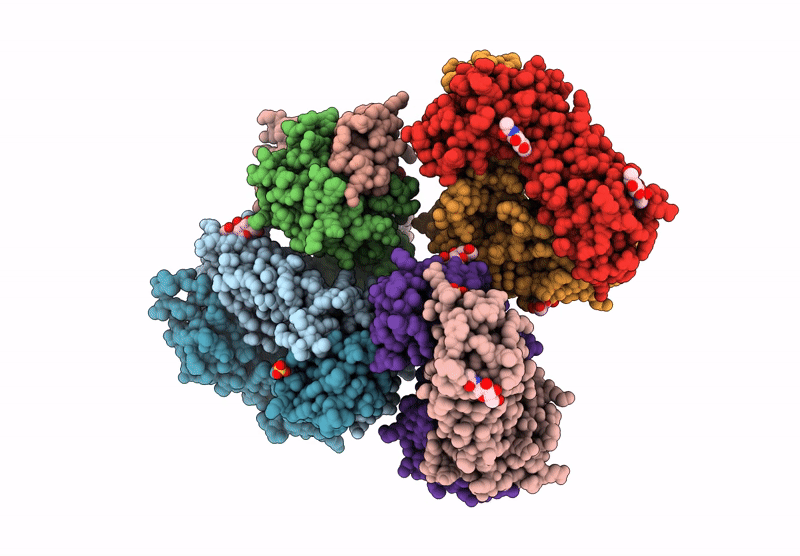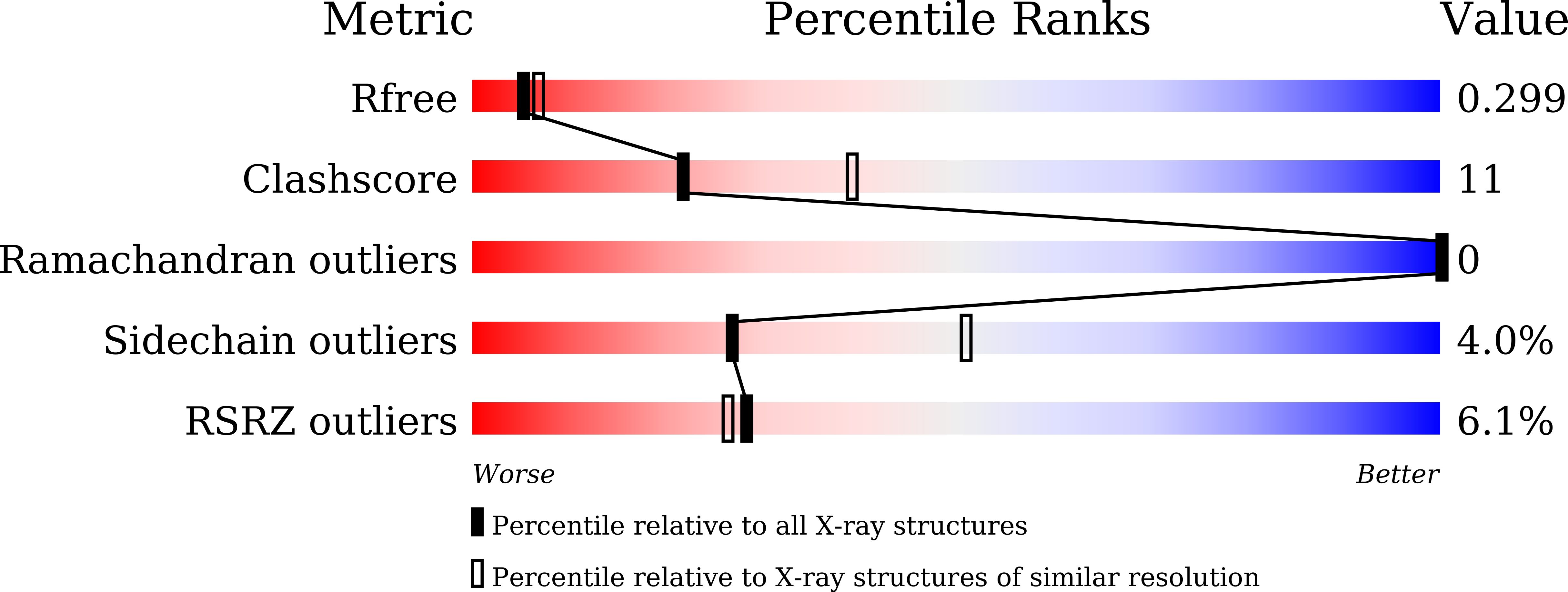
Deposition Date
2024-01-12
Release Date
2025-01-01
Last Version Date
2025-03-26
Method Details:
Experimental Method:
Resolution:
2.50 Å
R-Value Free:
0.29
R-Value Work:
0.22
R-Value Observed:
0.22
Space Group:
P 2 21 21


